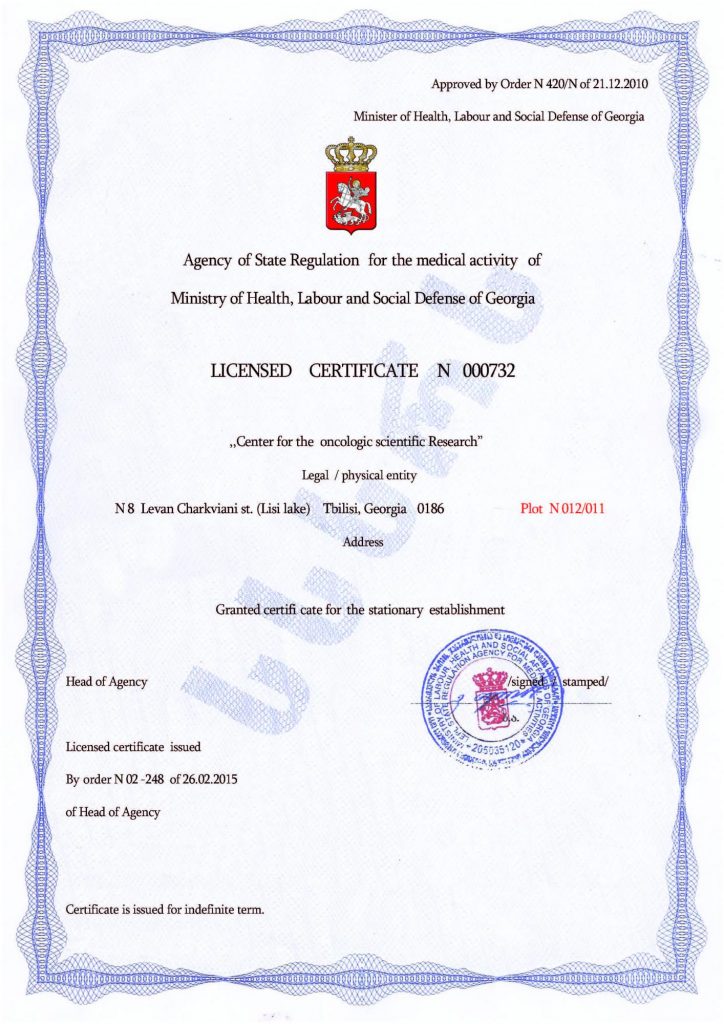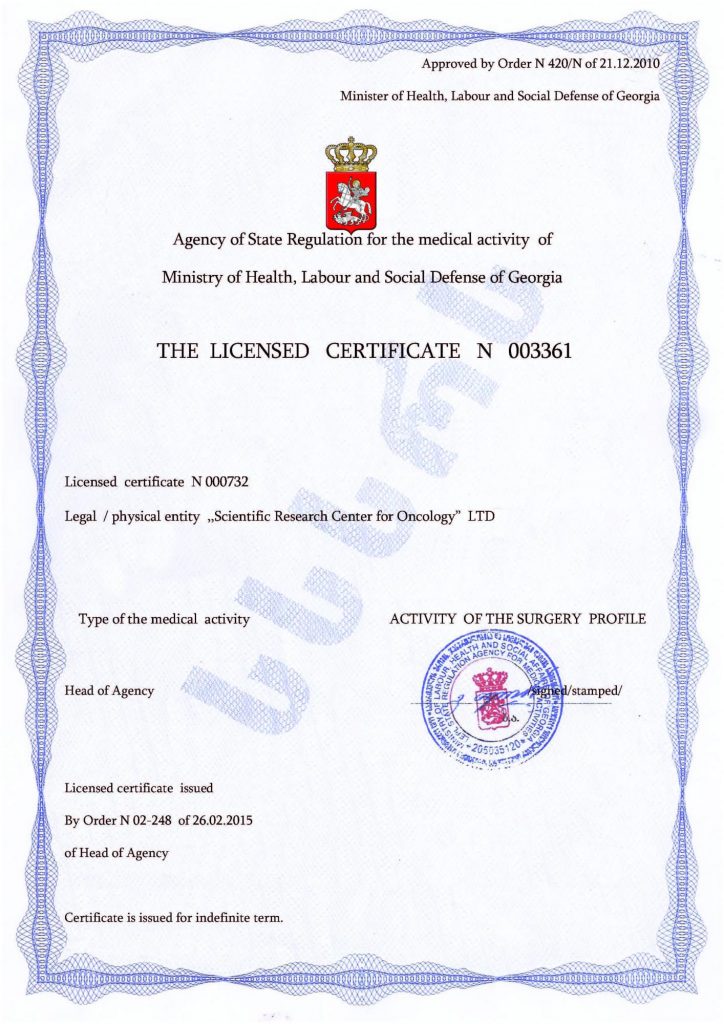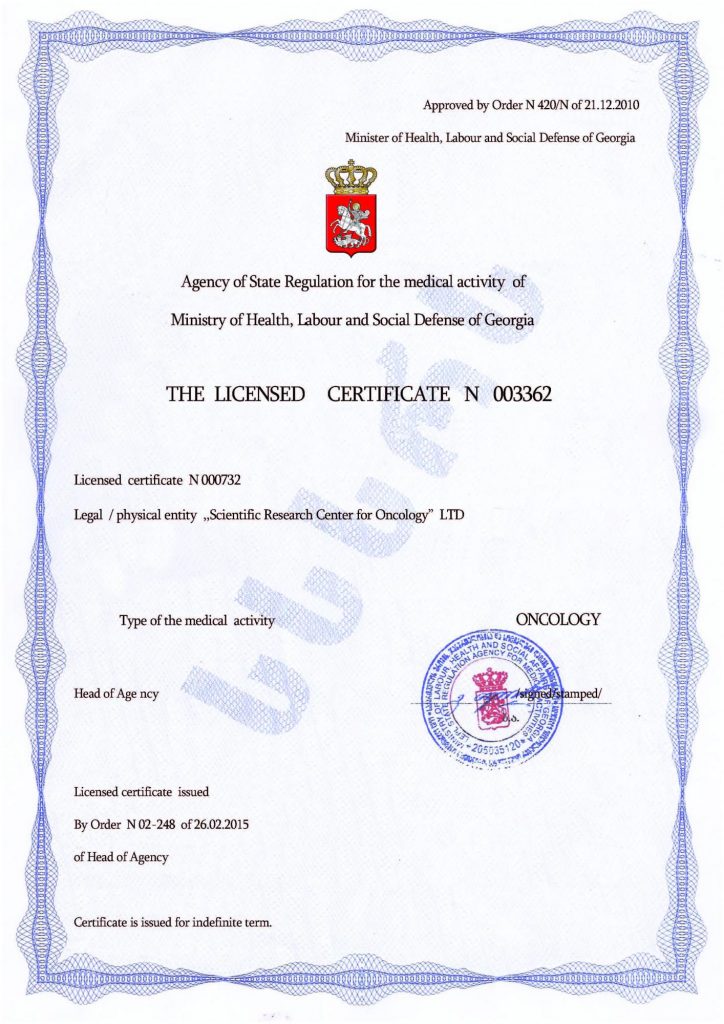How to Teach an Autistic Child to Answer Questions
An autistic child who is verbal but cannot maintain a conversation often leaves teachers and parents confused. It becomes challenging to maintain social contact if the child does not respond to questions. A child who has the potential to learn remains isolated because they cannot communicate with those around them. However, by using specific methodological approaches for children with ASD, it is possible to teach them to respond to questions.
Methods for Teaching Communication to an Autistic Child
- Use visual aids: Create picture cards that depict objects, actions, or emotions. This can help the child better understand what is being asked. Use visual diagrams and charts to explain how to respond to questions.
- Formulate questions clearly and simply: Ask the child very simple questions. For example, instead of saying “What do you think about this?”, ask “Do you like this?”. Create step-by-step instructions, such as “First, look at the picture, then say what it is.”
- Use repetition and practice: Regularly repeat questions and answers in different contexts to help the child get used to the process. Use games that include questions and answers to make learning more engaging. For example, card games or board games that require responses.
- Support and encourage: Praise the child for attempting to answer questions, even if their responses are not perfect. Positive reinforcement will strengthen their motivation. Use small rewards, such as stickers or extra playtime, to motivate the child.
- Teach through examples and role-playing: Show how to answer questions using your own examples. For instance, ask the child what they see in a picture, then answer the question yourself to demonstrate how it’s done. Play role-playing games where you ask questions, and the child responds. This will help them get used to the process of interaction.
- Develop communication skills: Start with questions that can be answered with simple choices, such as “Do you want an apple or a banana?” This simplifies the decision-making and response process. Work on expanding the child’s vocabulary so they can better formulate their responses.
- Seek professional help: Working with a speech therapist or developmental specialist can provide additional strategies and methods specifically adapted to your child’s needs.
- Consider individual needs: Every child with autism requires an individualized approach, so it’s important to observe and adapt teaching methods depending on what works best for the specific child.
The key is patience and consistency. Applying these methods will help create a comfortable learning environment and maintain the child’s progress in acquiring communication skills.
Stem Cell Transplantation – Modern Correction of Autism and ASD
At the Mardaleishvili Medical Center, stem cell transplants have been performed for over ten years on children diagnosed with “autism” or ASD. Over 90% of these operations have a positive outcome – children receive significant rehabilitation and correction of autistic traits. Within a year after the procedure, patients show confident progress in their development. There is noticeable improvement in sleep quality, cognitive skills, psychomotor abilities, and social skills.
Learn more about modern and safe autism correction according to the best global standards!
Autism Treatment Center Videos
Autism treatment with own stem cells
Cord blood association congress
International Quality Crown
Autism Treatment Reviews
Autism treatment with own stem cells
The story of Alessandro (6 years old)
Autism Patient Testimonial - Stem Cell Treatment
Clients Testimonials
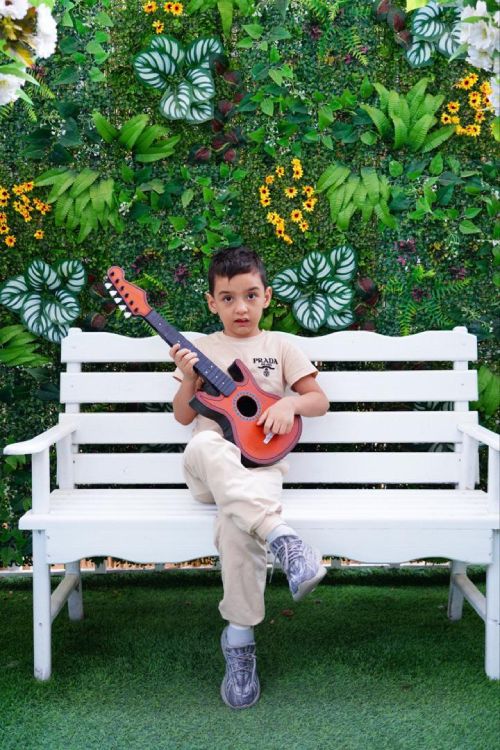
Amirkhon’s father — Tokhir Read More
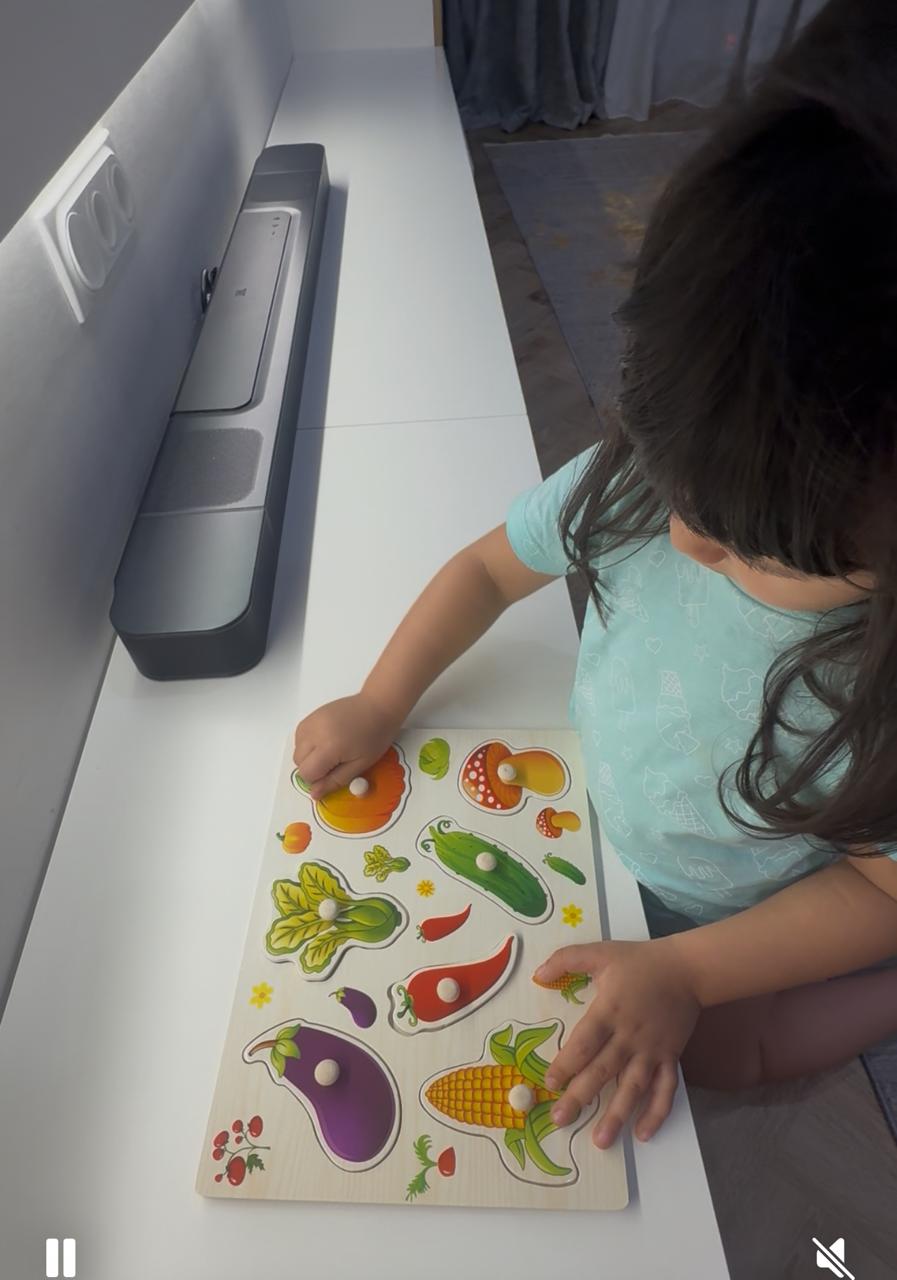
Dilana’s mother Read More
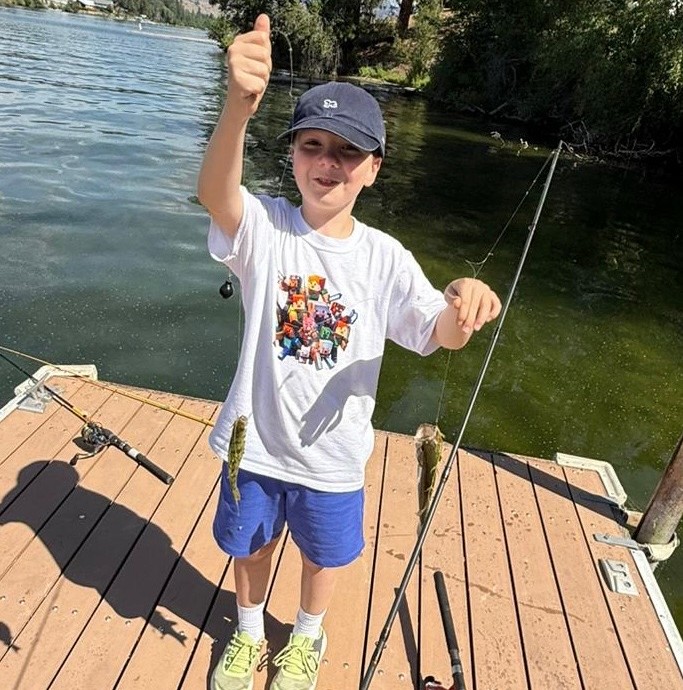
Irina and Stefan – Ilya’s parents Read More
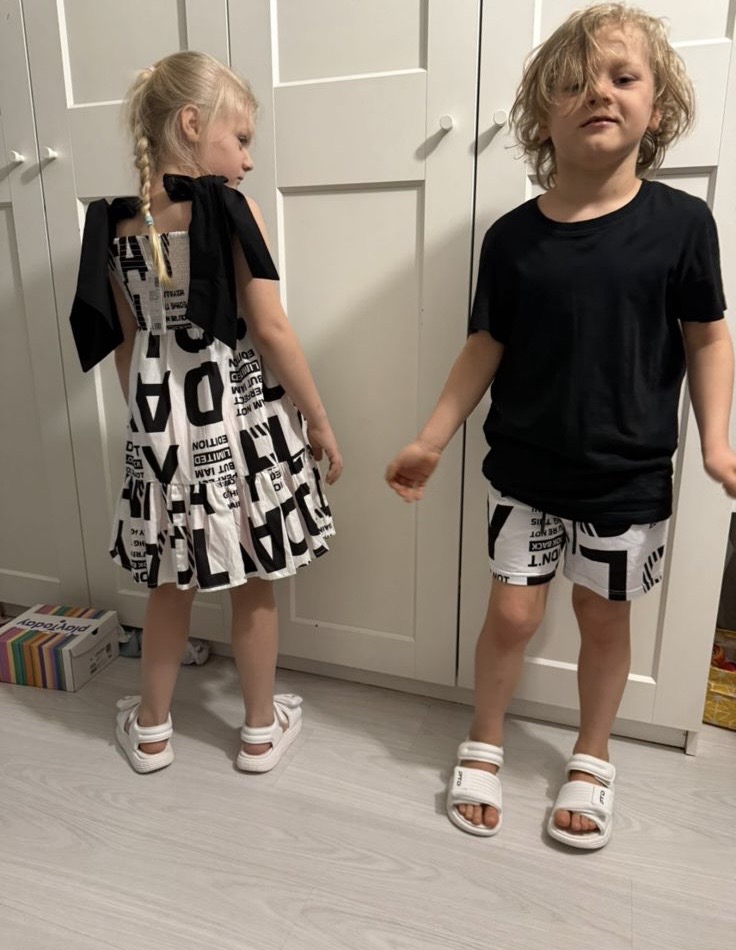
Kristina – mother of Nelly and Nik Read More
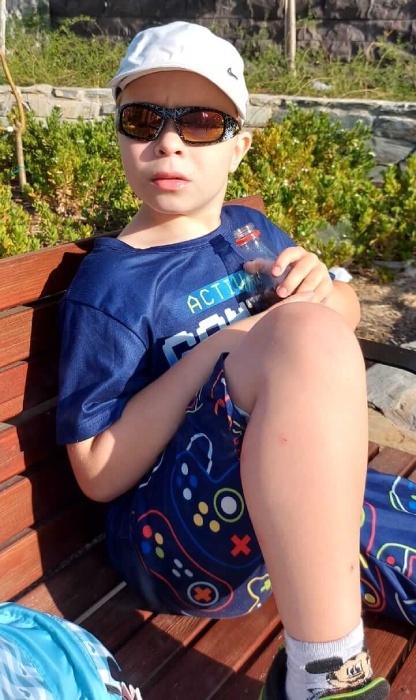
Marina and Grigory – Maxim’s parents Read More









